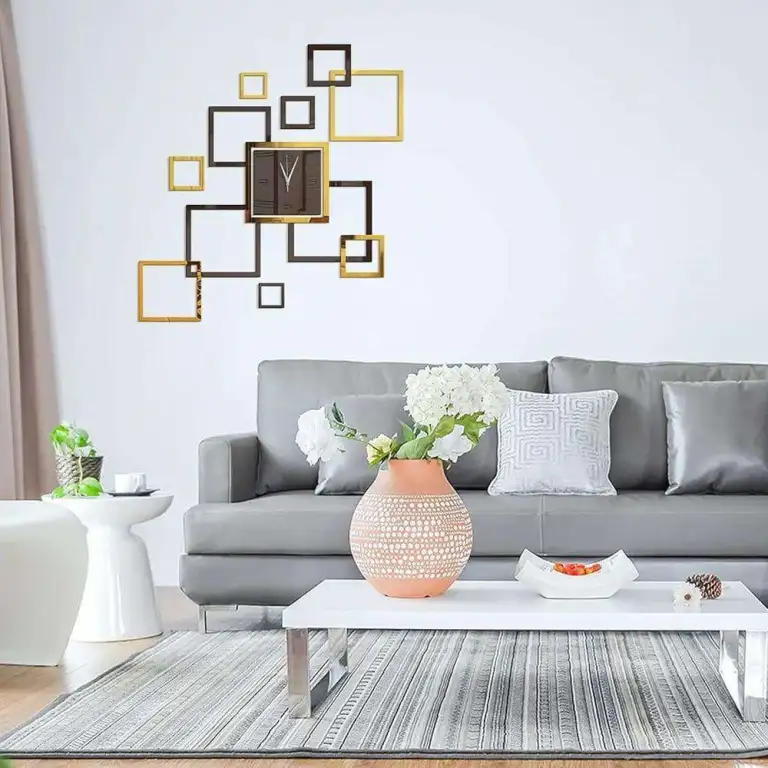Introduction
With stress, muscle tension, and chronic pain as a common complaints of today’s fast-paced world, a massager can become your best friend when you need it most, be it recovering from a killer workout as an athlete, office worker with nagging back pains, or even a simple means of unwinding. But between the handheld, portable devices, to the latest massage chairs on the market, which one will best suit you?
This is a comprehensive guide that goes into the world of massagers, including the benefits, types, and how to choose the right one for your needs. By the end of this article, you will have all the information you need to make an informed decision and elevate your self-care routine.
What is a Massager?
A massager is a tool that helps ease muscle tightness, boost blood flow, and make you feel more relaxed by applying focused pressure and movement. You can find massagers in all sorts of shapes and sizes, with different features to suit what people need and like. Some are made for specific body parts like your neck back, or feet, while others can work on your whole body.
People have been using massagers for a long time. In the past ancient cultures used things like stones and their hands to give massages. These days new technology has changed the game bringing in cool features like heat therapy, vibration, and settings you can adjust to your liking.
Benefits of Using a Massager
1. Relieves Muscle Tension and Pain
Massagers exert pressure on knotted muscles to unlock these muscle knots and facilitate smooth blood circulation that overcomes the associated pain brought about by arthritis, fibromyalgia, or muscle strain.
2. Improves Circulation
3. Reduces Stress and Promotes Relaxation
Massage therapy is known to reduce cortisol levels, the stress hormone, and increase serotonin and dopamine, the feel-good hormones. Using a massager at home can help you unwind after a long day.
4. Enhances Flexibility and Range of Motion
Massagers stretch out tight muscles and connective tissues, that can improve the flexibility and ease of movement. It has great benefitting results to athletes and senior populations.
5. Aids in Recovery After Exercise
Massage therapy is known to reduce cortisol levels, the stress hormone, and increase serotonin and dopamine, the feel-good hormones. Using a massager at home can help you unwind after a long day.
Types of Massagers
1. Handheld Massagers
Handheld massagers are portable and versatile, making them a popular choice for targeting specific areas like the neck, shoulders, and back. They usually come with interchangeable heads for different massage techniques.
Best For: Spot treatment and on-the-go use.
2. Massage Guns
Massage guns, or percussion massagers, apply rapid pulses to penetrate deep into muscle tissue. They’re very effective for eliminating soreness and improving recovery.
Best For: Athletes and fitness enthusiasts.
3. Massage Chairs
Massage chairs provide a full-body massage experience with zero-gravity positioning, heat therapy, and customizable programs. They are a luxury addition to any home.
Best For: Full-body relaxation and chronic pain relief.
4. Foot Massagers
Foot massagers are designed to relieve tired feet and improve blood circulation. Other models come with heat and shiatsu techniques for extra comfort.
Best For: People who spend long hours on their feet.
5. Neck and Shoulder Massagers
These are massagers which target the neck and shoulder regions. They can come with heating and kneading functions.
Recommended for: People working in offices and people suffering from chronic neck pain.
6. Percussion Massagers
These types of massagers use rapid tapping motions to remove muscle tension. They are pretty much like massage guns but might have more functions, such as adjustable speed and intensity.
Recommended For: Deep tissue massage and muscle recovery.
How to Choose the Right Massager
With so many options available, choosing the right massager can feel overwhelming. Here are some factors to consider:
1. Identify Your Needs
Would you like relief from pain, a relaxation massage, or post-workout recovery? Your specific needs will determine what type of massager is right for you.
2. Consider Portability
If you want to use your massager on the go, a handheld or portable model is ideal. For home use, a massage chair or larger device may be more suitable.
3. Check the Features
4. Set a Budget
Massagers range from affordable handheld devices to high-end massage chairs. Determine your budget and choose a model that offers the best value for your money.
5. Read Reviews
Customer reviews can be very helpful in knowing the performance and durability of a massager. Look for products with high ratings and positive feedback.
Tips for Using a Massager Safely
While massagers are generally safe to use, it’s important to follow these guidelines to avoid injury:
Start Slowly: Begin with the lowest intensity setting and gradually increase as needed.
Avoid Sensitive Areas: Do not use a massager on open wounds, bruises, or areas with inflammation.
Limit Usage: Use your massager for 15-20 minutes at a time to prevent overstimulation.
Consult a Professional: If you have a medical condition, consult your doctor before using a massager
FAQs About Massagers
Most people may use massagers, but before applying them on to the skin of a patient having certain health disorders such as blood clots, osteoporosis, or some other severe problems, consulting the doctor will do.
It depends upon your needs. For general relaxation, 2-3 times a week would be enough. For recovery or pain relief, daily use would be beneficial.
No, massagers are designed for larger muscle groups and should not be used on the face or other sensitive areas.
Massagers, though improving the circulation and thus reducing fluid retention, are not a proven cellulite treatment
Massage guns are percussion massagers, but they tend to be more powerful and have deeper penetration.











 165Hz refresh rate for ultra-smooth gameplay
165Hz refresh rate for ultra-smooth gameplay Bottom Line: A Must-Have for Gamers!
Bottom Line: A Must-Have for Gamers! 








 64GB Variant –
64GB Variant – 

 Source:
Source:




































































